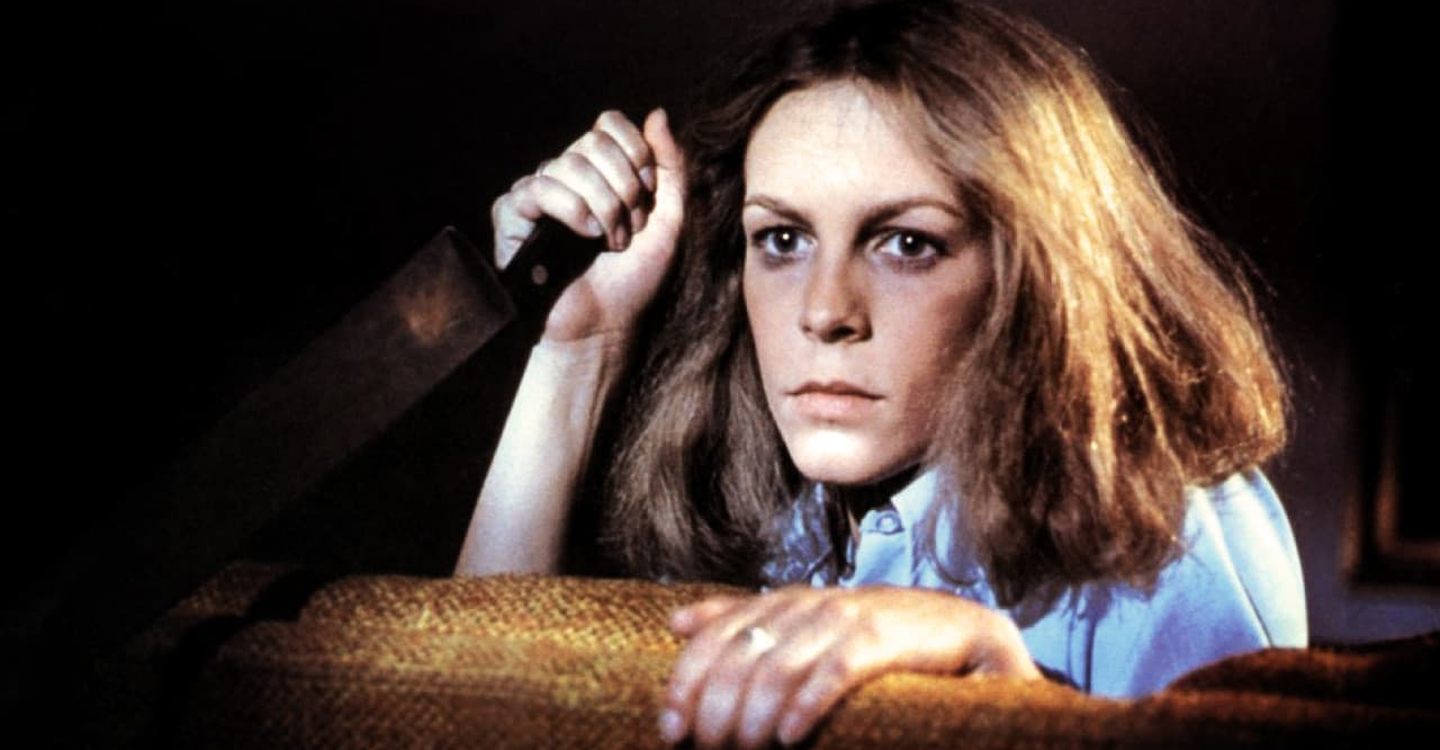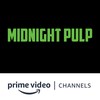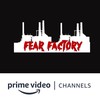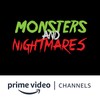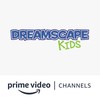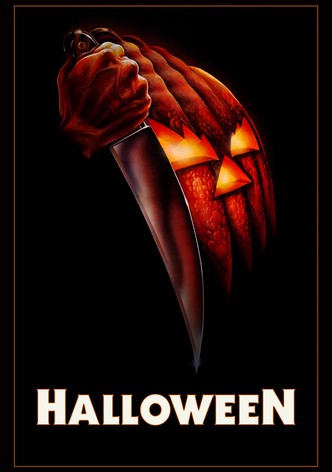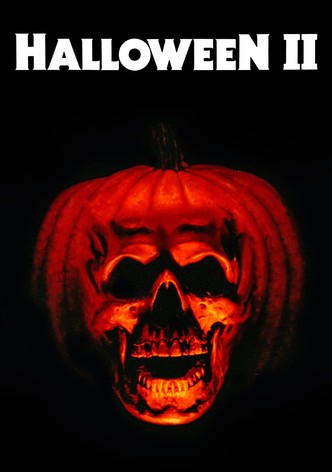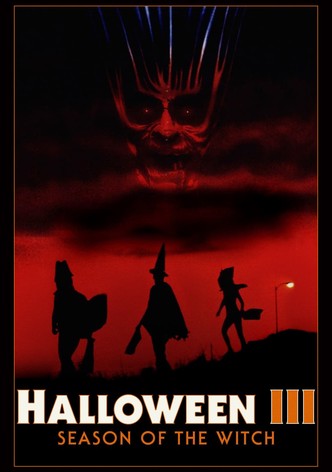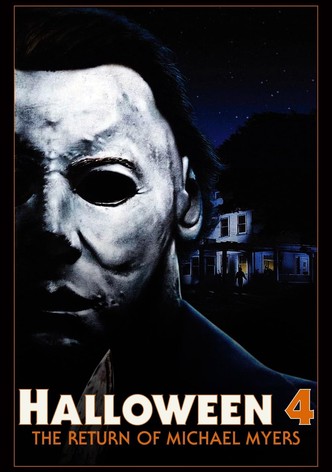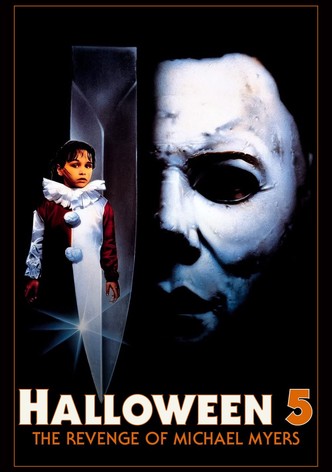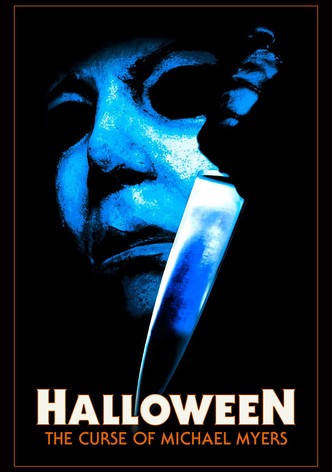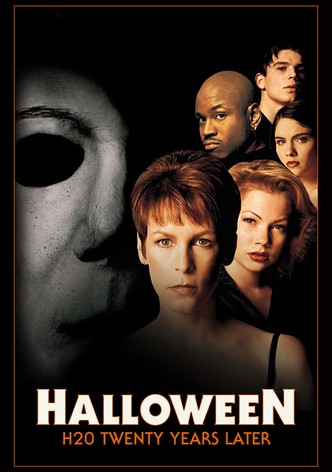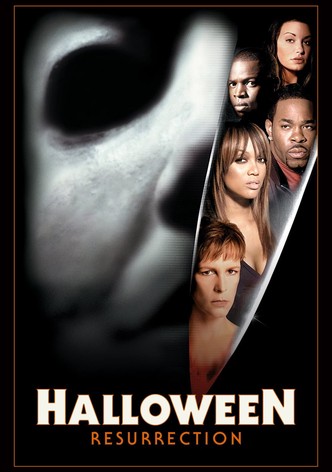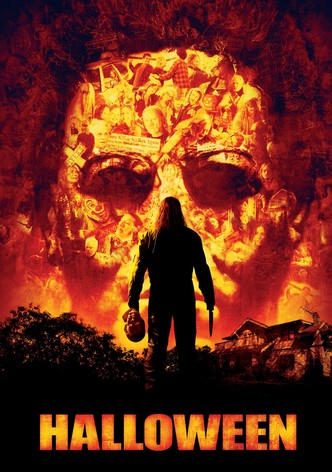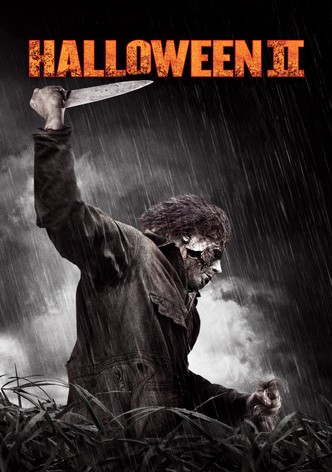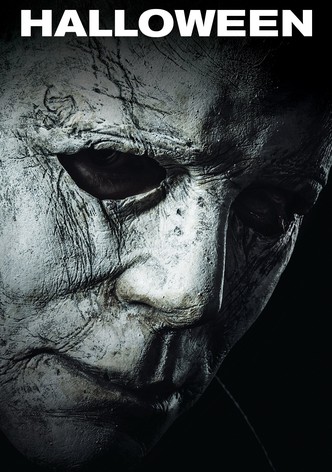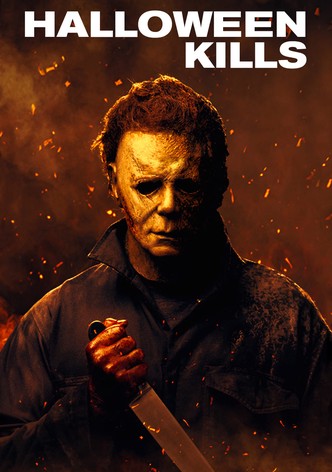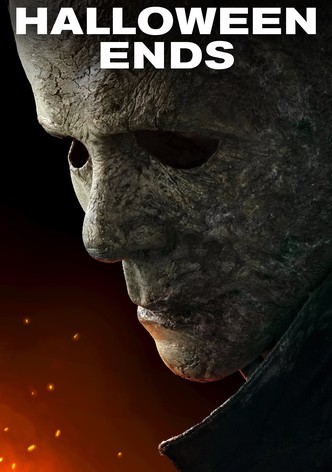Halloween is one of the most iconic horror franchises in cinema history. Centered around the masked killer Michael Myers (also known as “the Shape”), the series follows his relentless urge to kill. But Halloween is also a very weird franchise. It has numerous chronologies, multiple films where star Jamie Lee Curtis doesn’t return, a short-lived reboot timeline, and then everything came full circle with Curtis reprising her role for a new trilogy in 2018 that retconned everything except the first movie. Take a breath and let that all sink in. Here are all the various timelines in the Halloween franchise.
Original Timeline
- Halloween (1978)
- Halloween II (1981)
- Halloween 4: The Return of Michael Myers (1988)
- Halloween 5: The Revenge of Michael Myers (1989)
- Halloween: The Curse of Michael Myers (1995)
H20 Timeline
- Halloween (1978)
- Halloween II (1981)
- Halloween H20: 20 Years Later (1998)
- Halloween: Resurrection (2002)
Blumhouse Timeline
- Halloween (1978)
- Halloween (2018)
- Halloween Kills (2021)
- Halloween Ends (2022)
Rob Zombie Timeline
- Halloween (2007)
- Halloween 2 (2009)
Notice how none of the timelines include Halloween III? That’s because it’s an unrelated anthology film that wasn’t well-received… but we’ll get more into that later. First, we need to chat about the best way to watch the Halloween franchise in order. Since the timelines are all over the place, the most enjoyable way to watch Halloween is in release date order.
It’s honestly the most organic way since it’s how the franchise evolved naturally over time. This way, you can view the movies as cinematic artifacts that build upon each other. Plus, with so much retconning, it’s the only true way the franchise continued on throughout the decades. Read on to discover all the Halloween movies in their proper release date order and where to find them on Shudder, Apple TV+, and more.
Halloween (1978)
The original film begins with a young Michael Myers killing his older sister, who is babysitting him on Halloween night. Flashforward 15 years, and now a grown Michael escapes a mental institution and returns to the small town of Haddonfield, Illinois, to prey upon teenage babysitters once again, with his prime target being Laurie Strode (Jamie Lee Curtis).
Halloween is a masterclass in horror thanks to its perfect pacing, terrifying masked killer, and its excellent setting. (A horror movie taking place on Halloween is perfect!) If you like to be scared, this is a must-watch. It’s also great for anyone who wants to see one of the most seminal horror films ever, which helped usher in movies like Friday the 13th (1980) and Scream (1996).
Halloween II (1981)
Picking up immediately where the first film left off, Halloween II follows Laurie to the hospital as she recovers from her injuries after battling Michael. Unfortunately, Michael also finds his way to the hospital and starts killing everyone in sight. Plus, the movie also drops a bombshell revelation: Laurie is actually Michael’s younger sister.
It’s a polarizing film that sets the franchise up for some of the later movies, which continue to receive mixed reviews from fans and critics to this day. But Halloween II also has some great kills and is starting to gain more appreciation from the fanbase because, while it will never compare to the original, it’s actually a pretty solid film. Watch it if you’re a fan of gritty ‘80s slasher movies like Prom Night (1980) or My Bloody Valentine (1981).
Halloween III: Season of the Witch (1982)
For some reason, a group of studio execs thought it would be great to turn Halloween into an anthology series and completely ditch Michael Myers in Halloween III. What they came up with: An evil corporation makes masks that kill people. Watch it if you want, but it has no continuity with the other films and, honestly, isn’t that great.
In the 2010s, the movie saw a bit of a revival thanks to hipsters praising it simply because it was different… but once the novelty wore off of hipsters trying to bore you with their newfound horror knowledge, the movie dipped back into the annals of horror history. However, there are some critics who note Halloween III’s underlying social commentary, so if you enjoy movies like The Lobster (2015) that subtly call out societal issues, maybe check it out.
Halloween 4: The Return of Michael Myers (1988)
After the disastrous release of Halloween III, audiences finally got to see Michael Myers again. In the fourth film, it’s revealed that Laurie has died (shock!), but had a daughter (even more shocking!) named Jamie Lloyd (played by alt horror icon Danielle Harris). Naturally, Michael now has his eyes set on her. The movie also has a shocking finale that I won’t spoil.
Halloween 4 was met with mixed reviews, and really, it’s the type of movie where you know what you’re signing up for. Do you like the slow-moving Michael terrorizing young women on Halloween? If so, you should watch it. It’s not reinventing the wheel or anything, but it’s an ‘80s slasher that delivers what ‘80s slashers promise.
Halloween 5: The Revenge of Michael Myers (1989)
In the fifth film, Michael continues stalking Jamie, once again killing everyone around her. The film was panned by critics and is seen as a completely repetitive copy of the fourth movie (which it most certainly is). However, it too has a shocking finale… one that introduces the most polarizing plot point in the Halloween franchise: The Cult of Thorn.
Honestly, the main reason to watch Halloween 5 is the ending. Whether you love it or hate it (and most of us hate it), it’s a watershed moment for the Halloween franchise, where one of the most renowned slasher series went wildly off the rails, leading to the epic disaster that is its sequel.
Halloween: The Curse of Michael Myers (1995)
Leaning fully into the new cult plot, Halloween: The Curse of Michael Myers turned Michael into a puppet used by a nefarious cult… and, honestly, it’s not a good movie. Unless you’re a diehard fan determined to watch every film in the franchise (or are just a massive Paul Rudd fanatic), feel free to skip this one. Like, for real.
However, if you’re a fan of horror sequels that totally jump the shark, like when Pinhead goes to space in Hellraiser: Bloodline (1996) or when everyone’s favorite Leprechaun ventures Back 2 tha Hood (2003), then this might just be the movie for you.
Halloween H20 (1998)
After Scream reinvigorated the slasher genre in 1996, Halloween returned a few years later with Halloween: H20—this time bringing the franchise into the modern age of horror with a new, popular young cast and the return of legacy character Laurie Strode. She’s now teaching at a remote California prep school and, as you can assume, Michael finds her and all hell breaks loose.
Halloween H20 brings back the sibling plotline introduced in Halloween II and is a really fun horror movie for anyone who is a fan of the ‘90s slasher era. If you love the vibe of ‘90s teen horror movies like Scream, I Know What You Did Last Summer (1997), or Urban Legend(1998), you’ll absolutely enjoy H20.
Halloween: Resurrection (2002)
Another truly awful entry in the franchise is Halloween: Resurrection. At the start of the film, they kill off Laurie Strode (again), and then it focuses on a reality show filming inside Michael’s “haunted house.” Of course, he’s still living in it, and everyone gets killed (and, honestly, with this cast, thank God).
Resurrection is a sleazy, lazy, and boring sequel that killed off the franchise, opening the door for a reboot. It’s best for the diehard completionists who want to say they’ve watched every Halloween movie. And even then, you’ll probably be on your phone half the time, even though Busta Rhymes is pretty hilarious in it.
Halloween (2007)
With Resurrection killing off the franchise, Rob Zombie was free to completely reboot the series in 2007. In Zombie’s trademark style, the new film is raw, gory, edgy, and brutal. It also dives deeper into Michael’s childhood, exploring how he became the mask-wearing monster audiences know so well. The movie was a surprise hit, grossing over $80 million and proving that Michael Myers could still attract audiences to theaters.
It’s a controversial take, but I actually think Zombie’s Halloween (2007) has a lot of redeeming qualities, and his ultra-violent style works well for the franchise. If you’re a fan of Zombie’s other movies, like The Devil’s Rejects (2005), or other aughties reboots like 2009’s Friday the 13th, give this one a shot.
Halloween 2 (2009)
After the success of the first film, Zombie turned a good thing bad with his sequel, Halloween II (2009). It picks up right after his first movie, delivering a story that is sloppy, dull, all over the place, and involves ghosts, mystical visions, and tons of terrible acting. It was a box office bomb, and once again, killed off the Halloween franchise for almost a decade.
Just like Resurrection, it’s hard to recommend this movie for anyone other than a completionist. With a 35 on Metacritic, a 25% on Rotten Tomatoes, and a 4.8 on IMDb, virtually everyone agrees: This is a film you can skip.
Halloween (2018)
Jamie Lee Curtis returned for 2018’s Halloween as Laurie Strode, and horror fans rejoiced at the original Scream Queen’s proper homecoming. The new film retcons everything except the original movie, taking away the sibling plot and trying to return the Halloween franchise to its terrifying roots.
Strode is now a grandmother and riddled with trauma from her past experience. But it turns out that it’s all for the best because Michael finds her once again… and her years of waiting have trained her well for this moment. If you love legacy sequels, or “requels,” like 2022’s Scream or 2025’s I Know What You Did Last Summer, you’ll love how Blumhouse brought new life into the Halloween franchise.
Halloween Kills (2021)
America’s politics heavily influenced Halloween Kills when it was released in 2021. The film shows the town of Haddonfield turn on each other instead of going against Michael, which allows him to embark on an epic bloodbath in the finale, giving the Halloween franchise its highest body count ever.
There truly aren't many horror movies out there like Halloween Kills because it is so deeply rooted in American politics. Sure, Michael Myers is the killer, but the film spends most of its time focusing on the townspeople and how their stupidity and hatred are just as deadly. It was really unique to see a renowned slasher franchise like Halloween start asking big questions. It’s a great choice for anyone who likes politically loaded horror films like The Purge (2013).
Halloween Ends (2022)
Like Halloween Kills, Halloween Ends also has a larger message, and the film sees Haddonfield unfairly accuse a young man of murder. They ostracize him, mock him, and ruin his life. His bitterness and anger lead him down the path of darkness. He then meets Michael Myers in the sewers, and the duo go on a somewhat contentious murder spree. It’s an odd conclusion to the franchise that left fans divided.
But it’s also one of the few horror movies out there with a dual-killer plot, and one of the very, very few where the two killers aren’t accomplices. It’s sort of like Henry: Portrait of a Serial Killer (1986) and “Pick Me Up” from Masters of Horror. Halloween Ends is a great choice for anyone who wants a nontraditional slasher movie.

